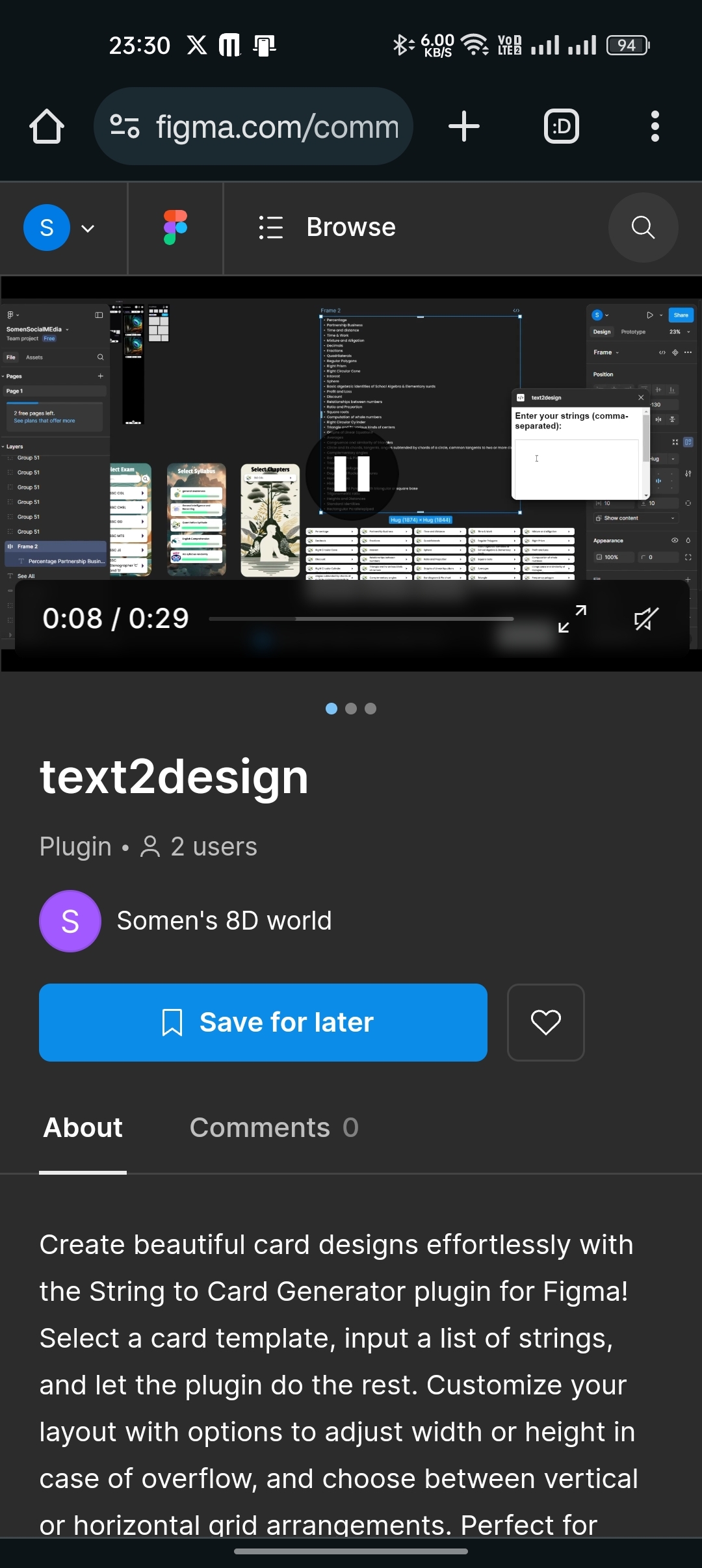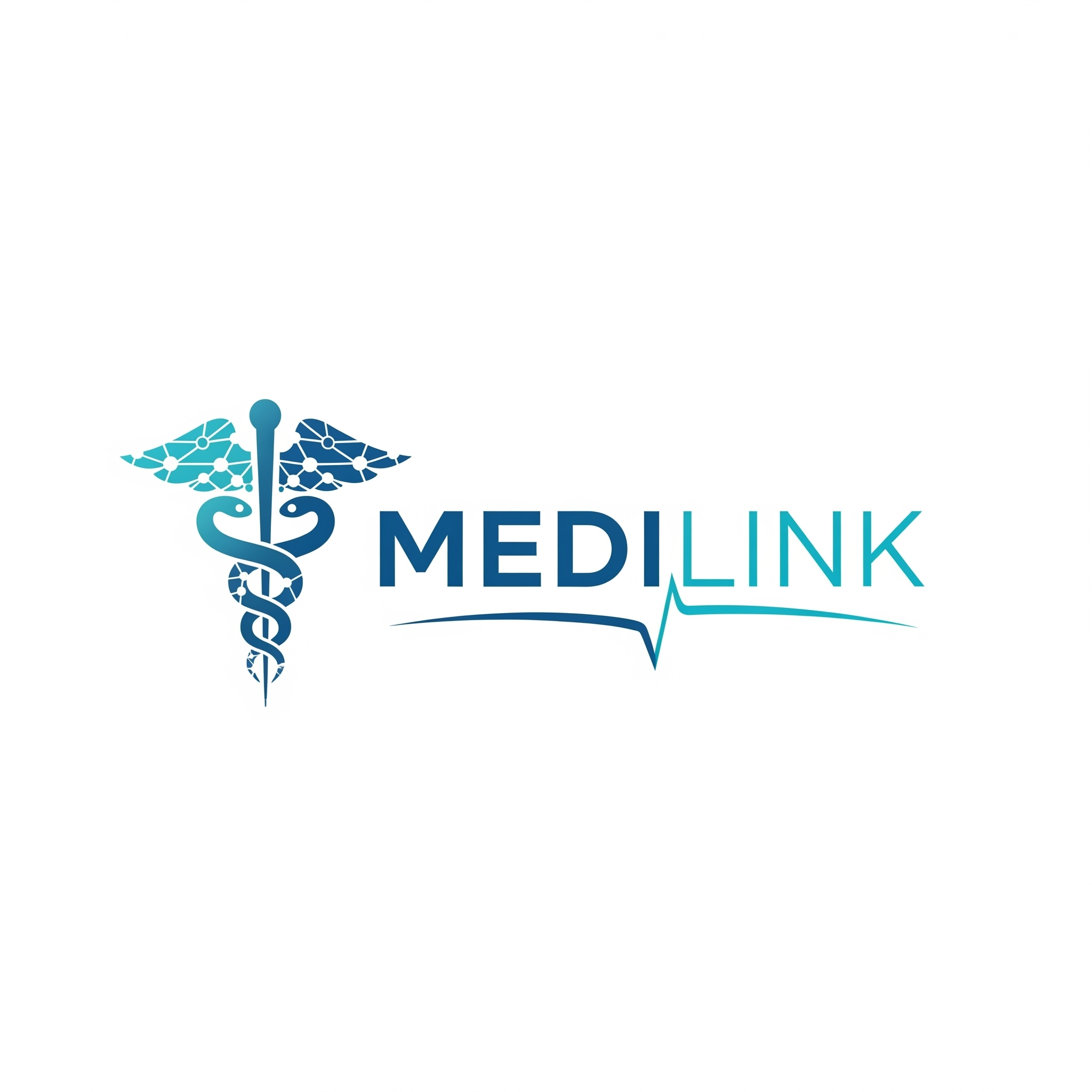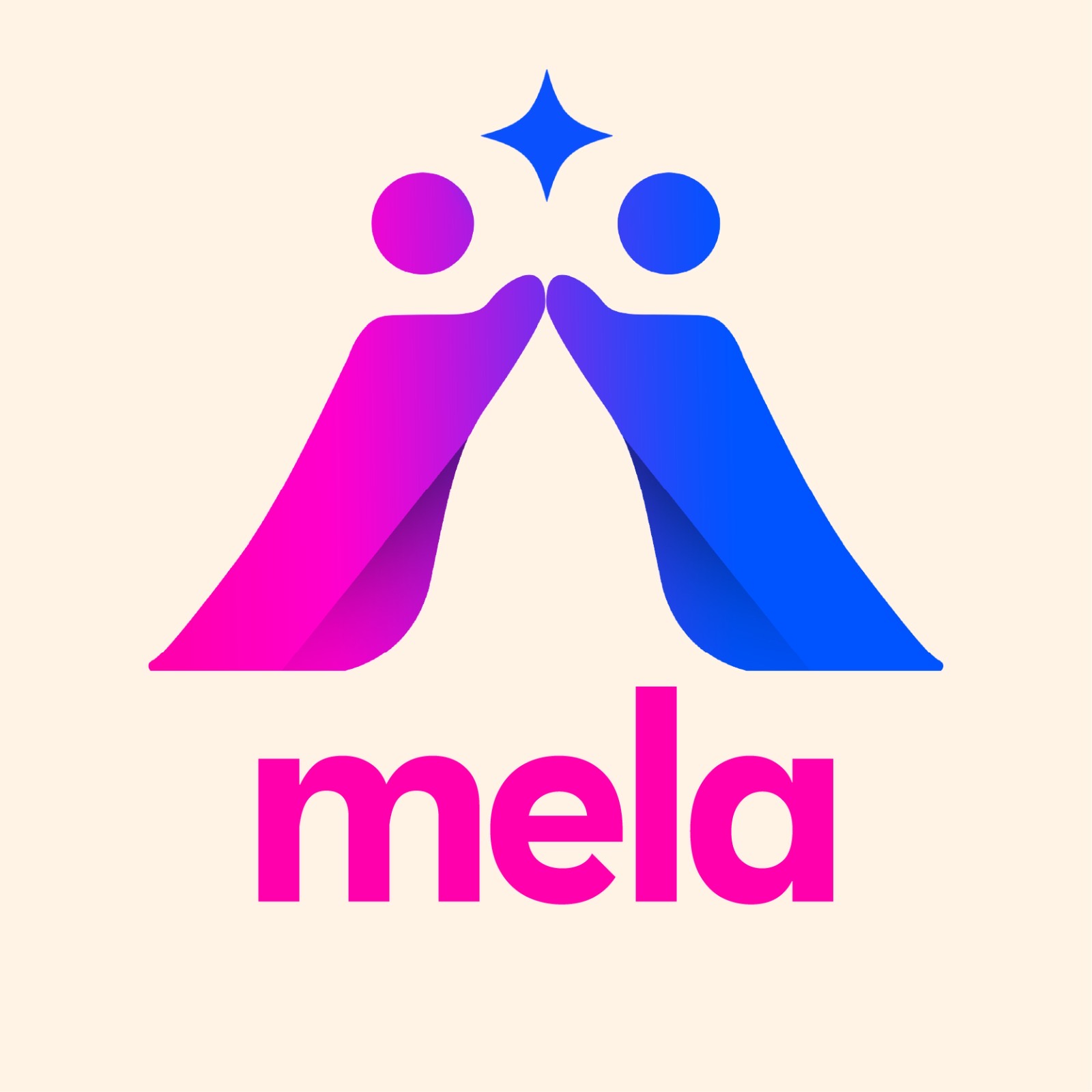Back
Jewelpik App
House of jewellery b... • 7m
Webflow vs. WordPress vs. Shopify: Choosing the Right Platform? Picking the right website platform is crucial—it shapes your site’s design, usability, and growth potential. Here's a quick breakdown of Webflow, WordPress, and Shopify to help you choose. 1. Webflow – For Design-Driven Brands Best for: Startups, creatives, and brands wanting full design control. Pros: Visual builder, clean code, built-in CMS, no plugins needed. Cons: Steeper learning curve, basic eCommerce, fewer integrations. 2. WordPress – For Flexibility & Customization Best for: Blogs, content-heavy sites, and businesses needing scalability. Pros: Open-source, highly customizable, huge plugin library. Cons: Needs regular maintenance, plugin conflicts, performance varies. 3. Shopify – For Online Stores Best for: E-commerce and DTC brands. Pros: Built-in eCommerce, easy setup, secure, 24/7 support. Cons: Monthly fees, limited design flexibility, not ideal for heavy content. Which Should You Choose? Webflow: Great for modern, design-focused websites with minimal dev work. WordPress: Ideal for flexible, content-rich sites with long-term growth in mind. Shopify: Best for selling products online with ease and scalability. Tip: Align your platform with your goals, skills, budget, and long-term vision.
More like this
Recommendations from Medial
Jewelpik App
House of jewellery b... • 9m
Shopify vs. WooCommerce: Which is Best for Your Jewelry Brand? Choosing the right eCommerce platform for your jewellery brand is essential. Shopify and WooCommerce are two popular options, each with its own strengths. Here’s a quick comparison to he
See MoreRohith Kunchamwar
Hey I am on Medial • 1y
Hello everyone.. Could someone please suggest which is the best website builder, interms of providing good site performance, allowing to customise the design and most important is to be the best for SEO. Based on my research, found: wix, webflow and
See MoreAanya Vashishtha
Drafting Airtight Ag... • 8m
Should You Raise Fund or Bootstrap? Here’s a Reality Check Every founder faces this question: Should you raise external funding or bootstrap your startup? Both paths have pros and cons, and the right choice depends on your business goals, risk tol
See MoreDownload the medial app to read full posts, comements and news.






























